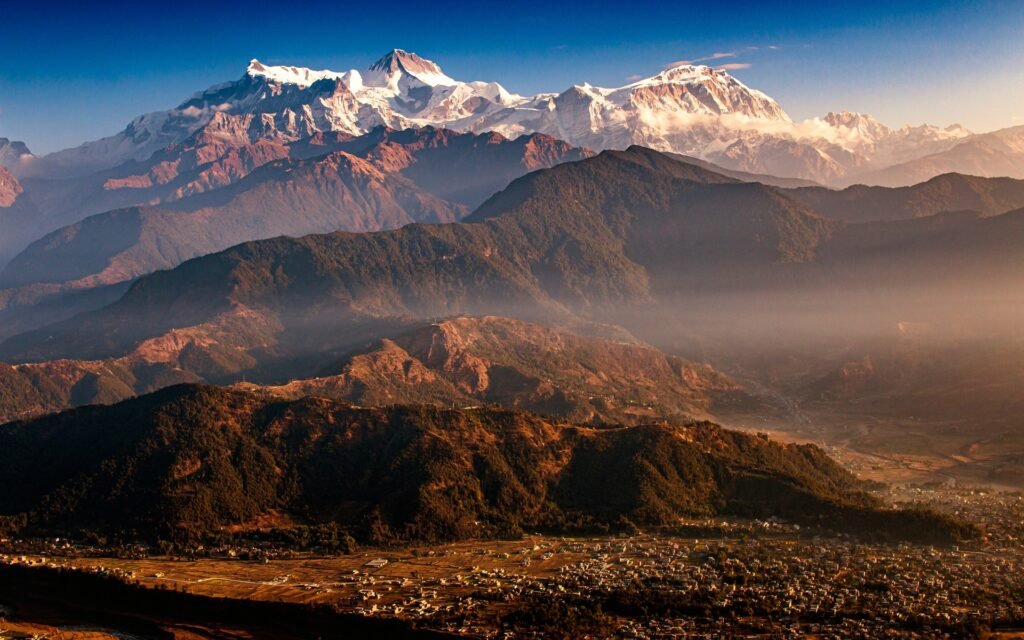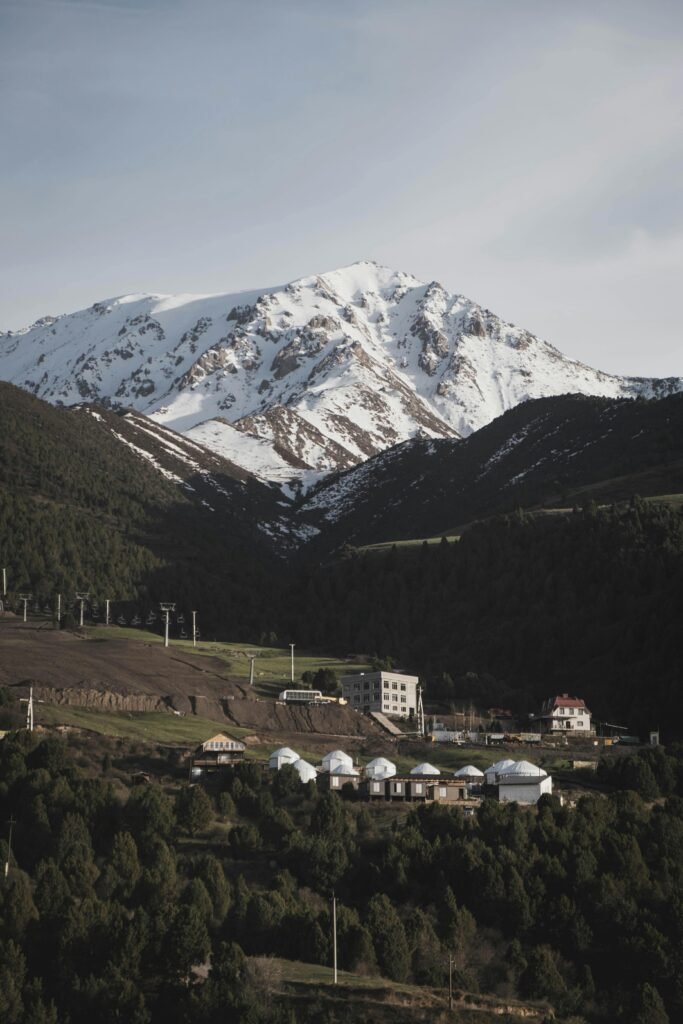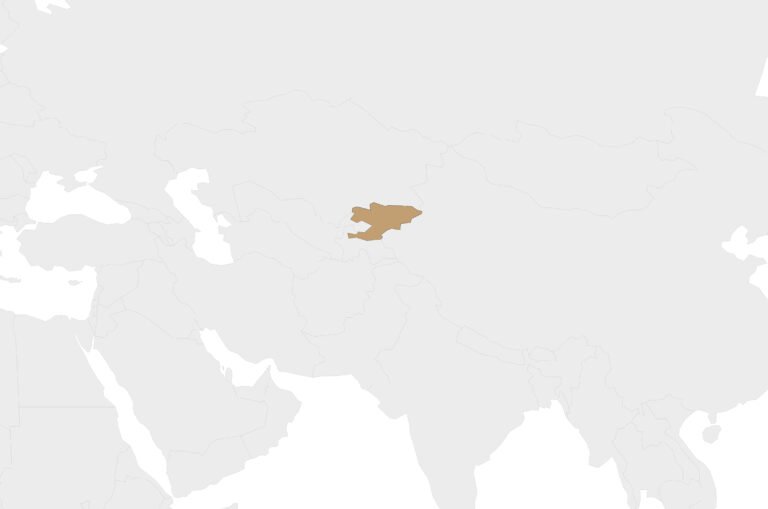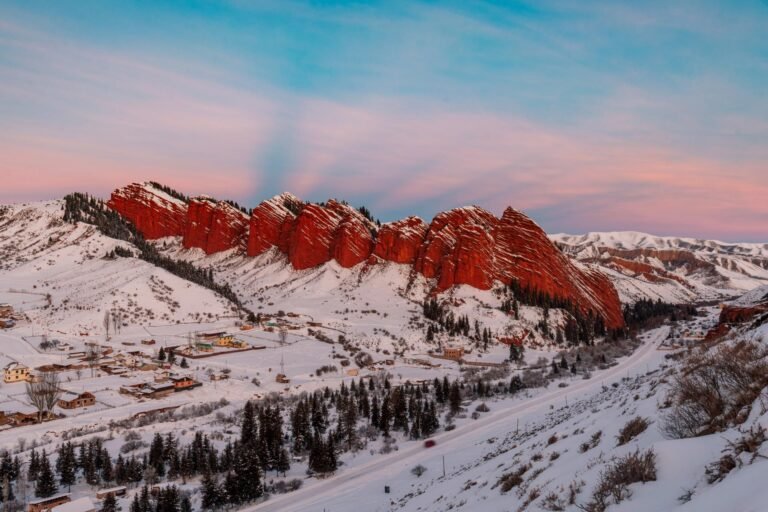Trekking in Nepal is the best place in the world to go, which was also where commercial trekking was first introduced in the early 1960s.
While there are several paths to choose from in the Everest and Annapurna regions, which are two of the most popular destinations for trekking in Nepal, additional well-liked treks can be found in the Langtang and Kanchenjunga regions. The Great Himalayan Trails, a vast network of trails that spans Nepal from Humla and Darchula in the west to Kanchenjunga in the east, are the most difficult. No other region of the world has trekking paths with the variety seen in Nepal. In reality, the lowest point in Nepal is in the Tarai area at 59 meters above sea level, while the highest point is on Everest at 8,848 meters above sea level. As the crow flies, these two sites are barely 200 kilometers apart. The Tribhuvan International Airport in Kathmandu is the primary entry point for tourists visiting Nepal. Trekkers must get their permits and necessary papers in Kathmandu, either via a trekking agent or the proper agencies. These papers will be inspected while we travel the walking trail. There are half-day walks from Kathmandu to see the beautiful Himalayas for people with limited time.

Compared to 1960s trekking in Nepal, it is very different now. The National Parks and Conservation Areas lodges have been created in all the major trekking regions, where hikers may find lodging, food, and other hikers and locals along the way. Most of the trails are kept up well, and many of them have signs.
The bigger settlements frequently have email facilities, and the hotels are well-appointed and offer places for charging batteries. The treks vary widely in length, complexity, and scheduling, and once outside the primary trekking regions, transportation becomes more challenging and frequently requires at least two trips on domestic scheduled aircraft. In Nepal, many treks start with a domestic flight to the beginning location, and many of them are in isolated locations without access to a road. To get to the higher mountain regions from the local administrative and populated centers, it takes many days of hiking.
There are six different vegetation zones in Nepal, from tropical below 1,000 meters to sub-tropical between 100 and 200 meters, lower temperate between 1,700 and 2,700 meters, upper temperate between 2,400 and 3,000 meters, sub-alpine between 3,000 and 4,000 meters, and alpine above the snowline. The elusive Snow leopard, Himalayan Thar, Musk deer, and other uncommon species may be found at the upper altitudes.
Although lodge accommodations are available for the more well-known treks in Kanchenjunga, Everest, Manaslu, and Annapurna, the less popular treks in those regions, as well as in other regions west of Annapurna, will often require camping-type trip assistance.

It is important for travelers to understand that tourism is the major source of revenue for people from the hill areas, who often make a living as trekking porters or guides. Making friends with a local and trekking with someone who is knowledgeable about local cultures, festivals, and other issues can turn a good trek into an outstanding experience of a lifetime. Hiring a porter does not indicate weakness; rather, it shows that you value Nepali culture and are willing to pay an extended Nepali family.
Although it is feasible to walk alone or without a Nepali guide, how would you react in the event of a big storm, complete darkness, and shivering temperatures at a probable altitude of 5,000 meters? Make sure you have all the necessary licenses and consider cultural and environmental sensitivity. Any time of year, a trail may be found by hikers. Greater amounts of precipitation fall in Nepal’s south. Some of the Great Himalaya Trails, however, are located in the rain shadow, a dry region on the leeward side of a mountain. These locations include Mustang to the north of Annapurna and Manaslu, Dolpo to the north of Dhaulagiri, and the far west of Nepal to the north of Saipal Himal. Weather tends to be clearer after monsoon season. Even if the days are shorter and colder in winter, spring can still be impacted by yearly rain and snowstorms. The brief summer is immediately followed by the rainy season. Typically, monsoon treks take place in the arid Manang and Mustang regions.
However, the rains do not fall continuously throughout the day, and they also give rise to beautiful flowers. It is also the ideal time to think about one of the areas under the rain shadow, which often have a more arid Tibetan-style landscape rather than the verdure on the opposite side.





